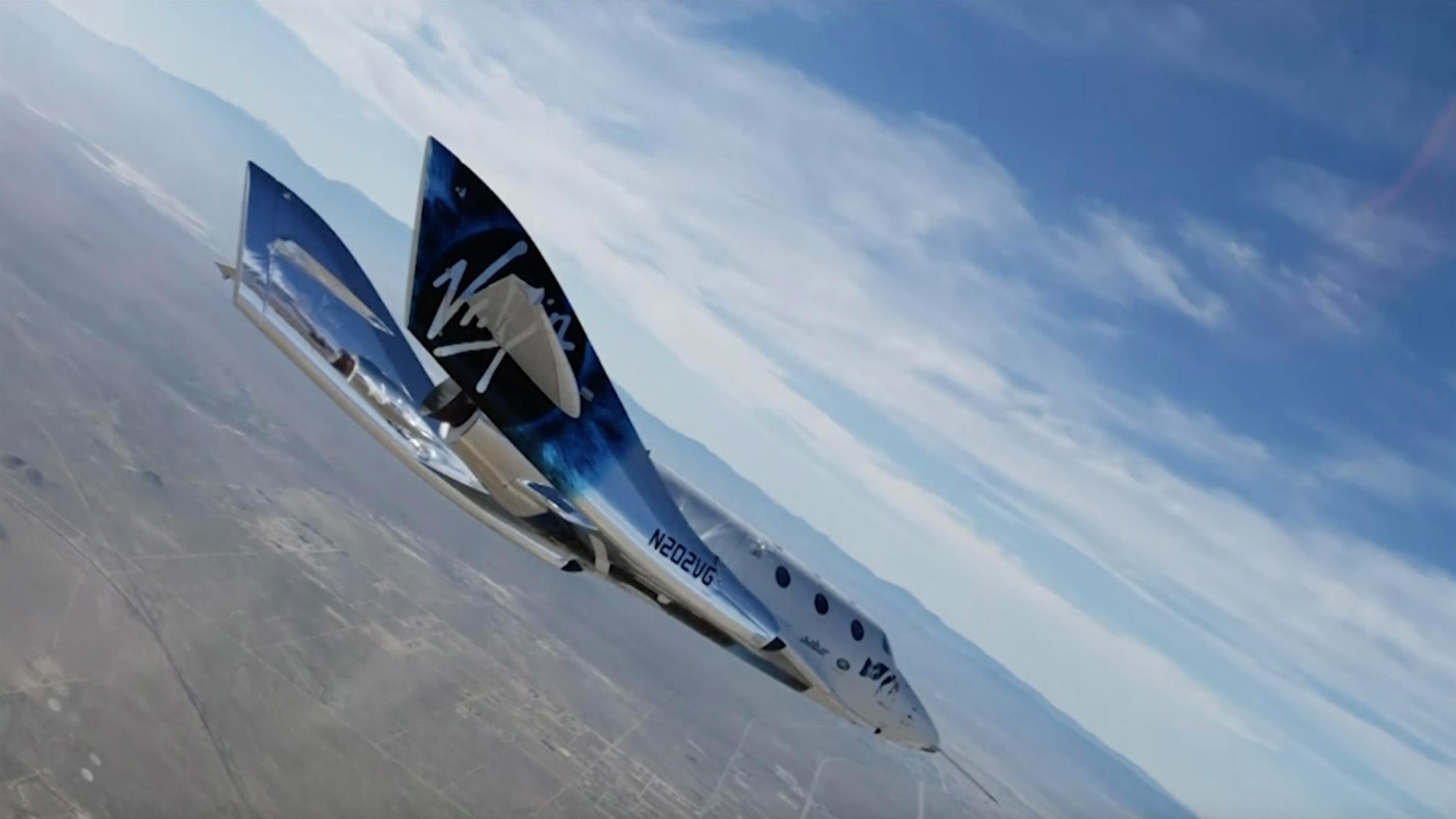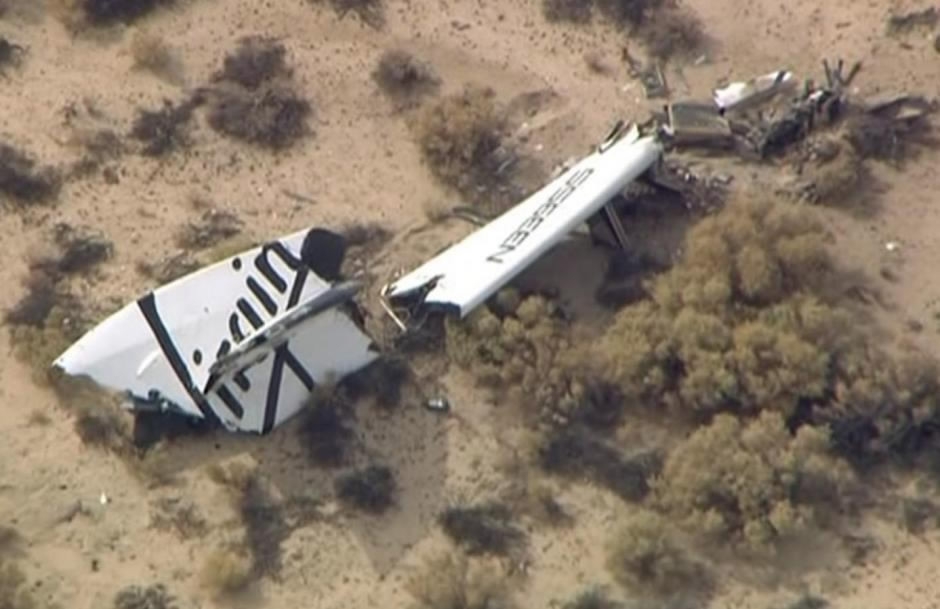
Tech & Sci
18:18, 07-Apr-2018
Virgin Galactic conducts 1st powered flight of new spaceship

Virgin Galactic’s new spaceship climbed at supersonic speed over California’s Mojave Desert on Thursday in the company’s first powered flight since the fatal crash of its original rocketship in 2014.
The flight of VSS Unity was a major step forward, said the company, which plans to carry tourists on suborbital hops into the lower reaches of space where they can see the Earth far below and the stars beyond.
Virgin Galactic said the milestone marked the start of the final portion of Unity’s flight test program, which began after a 2014 test-flight crash of its predecessor, VSS Enterprise, that killed one of its two pilots and set back the project.
“Back on track ... Space feels tantalisingly close now,” Virgin Galactic founder Richard Branson tweeted.
In previous test flights, Unity either remained attached to Virgin Mother Ship Eve, the specially designed jet that carries it aloft, or was released to glide back to the ground without lighting its engine.

Wreckage from Virgin Galactic's SpaceShipTwo in Mojave, California October 31, 2014. /Photo via Reuters
Wreckage from Virgin Galactic's SpaceShipTwo in Mojave, California October 31, 2014. /Photo via Reuters
Pilots Mark “Forger” Stucky and Dave Mackay were in the cockpit of Unity as it took off from Mojave Air & Space Port at 8:02 am attached to VMS Eve and climbed to an altitude of 46,500 feet (14,173 meters) over the Sierra Nevada.
Unity was released and a few seconds later its engine ignited. The spaceship climbed steeply and went supersonic – Mach 1.87 – during the 30-second rocket burn.
With the engine shut down, Unity coasted upward to an apogee of 84,271 feet (25,686 meters).
The pilots raised the craft’s unique twin tail booms to a 60-degree angle to the fuselage to slow and stabilize Unity during the initial stages of descent, and then lowered them back to the conventional configuration lower in the atmosphere. The runway landing was described as smooth.
The tail booms are known as “feathers” because their function is likened to the feathers of a badminton shuttlecock. The Enterprise accident occurred when the co-pilot prematurely unlocked the “feathers” and the ship broke apart. Virgin Galactic noted that Unity has safety mechanisms resulting from the accident.
The “feathers” concept was developed by maverick aerospace designer Burt Rutan and demonstrated during the 2004 suborbital flights of the experimental SpaceShipOne, which was funded by Microsoft co-founder Paul Allen and won the 10-million-US-dollar Ansari X Prize as the first privately developed, manned rocket to reach space.
Unity is a follow-on production model called SpaceShipTwo, built by The Spaceship Company.
Virgin Galactic envisions a fleet operating from Spaceport America in New Mexico. The company also plans to offer flights for research and satellite deployment.
Source(s): AP

SITEMAP
Copyright © 2018 CGTN. Beijing ICP prepared NO.16065310-3
Copyright © 2018 CGTN. Beijing ICP prepared NO.16065310-3